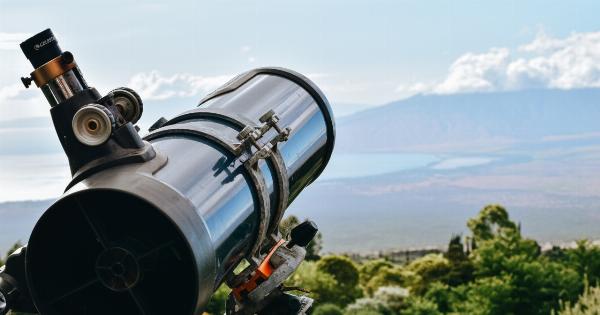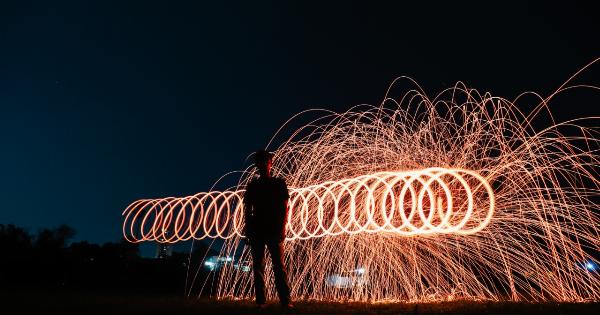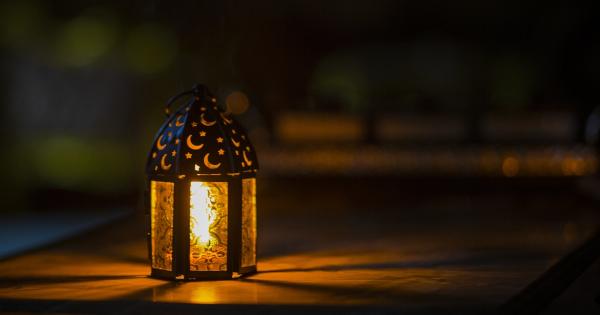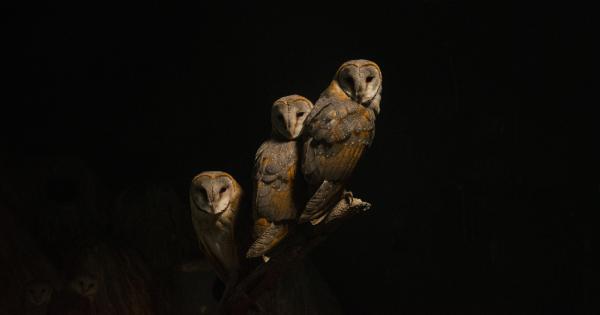The debate between morning larks and night owls has been ongoing for a long time. Some people are naturally early risers, while others thrive during the late hours of the night.
But does the time of day we prefer really have an impact on our creativity? In this article, we will explore the characteristics of both morning larks and night owls and examine whether one group tends to be more creative than the other.
The characteristics of morning larks
Morning larks, also known as early birds, are individuals who naturally wake up early in the morning and feel most alert and energetic during the early hours of the day.
They tend to go to bed early and have no trouble getting up and starting their day before sunrise.
Morning larks are often associated with discipline, productivity, and being proactive. Their routine-oriented nature allows them to organize their day efficiently and make progress on their tasks.
They are known for being punctual and reliable in both personal and professional settings.
However, when it comes to creativity, some may argue that morning larks are at a disadvantage. The early morning tends to be a time for focus and concentration rather than creativity.
The brain is not fully awake yet, and creative thinking may take a backseat.
The characteristics of night owls
Night owls, on the other hand, have a preference for staying up late and often feel more alert and creative during the night or late evening. They may struggle with waking up early, especially if they have to adhere to a typical nine-to-five schedule.
Night owls are often associated with spontaneity, innovation, and thinking outside the box. The late-night hours provide a quiet and uninterrupted environment for them to explore their creative ideas and thoughts.
Many artistic individuals, such as writers, musicians, and artists, find inspiration during these hours.
However, night owls may face challenges in terms of productivity and adhering to a regular schedule. Their sleep pattern is often disrupted, which can lead to fatigue and lower energy levels during the day.
This can impact their overall performance and ability to stay focused on tasks.
The link between creativity and chronotype
Research on the link between creativity and chronotype, the tendency to prefer a particular time of day, has produced mixed results.
Some studies suggest that night owls tend to be more creative due to the uninhibited nature of their thought processes during the late hours. These individuals may feel more comfortable breaking away from conventional ideas and exploring unconventional solutions.
On the other hand, morning larks are believed to be more diligent and consistent in their creative pursuits.
They may approach creativity with a structured and systematic mindset, focusing on refining their ideas rather than coming up with entirely new concepts.
It is important to note that creativity is a complex trait influenced by various factors, including genetics, environment, and personal experiences.
While chronotype may play a role in shaping our creative tendencies, it is not the sole determining factor.
Maximizing creativity regardless of chronotype
Whether you are a morning lark or a night owl, there are strategies you can implement to maximize your creative potential:.
1. Understand your energy patterns
Pay attention to when you feel most alert and energetic throughout the day. This will help you identify the time periods when your creative abilities are naturally heightened.
2. Create a conducive environment
Set up a workspace or creative zone that inspires you and enables you to focus. Eliminate distractions and tailor the environment to suit your preferences, whether it’s a quiet room or a lively coffee shop.
3. Engage in activities that stimulate creativity
Experiment with different creative activities to find what resonates with you. This can include writing, painting, listening to music, or taking walks in nature. Find what sparks your imagination and incorporate those activities into your routine.
4. Practice mindfulness and self-reflection
Take time for self-reflection, meditation, or mindfulness exercises. This can help clear your mind, reduce stress, and foster a more creative mindset. Understanding yourself and your thoughts can lead to breakthrough ideas.
5. Embrace collaboration
Seek out opportunities to collaborate with individuals who complement your strengths and weaknesses. Collaborative environments can spark new ideas and push you to think differently.
Conclusion
In the debate between morning larks and night owls, it is difficult to definitively determine who is more creative. Both groups have unique strengths and characteristics that can contribute to their creative abilities.
While night owls may thrive during late-night hours, morning larks bring discipline and structure to their creative pursuits.
Ultimately, creativity is a multifaceted trait that is influenced by numerous factors.
It is not limited to a specific chronotype but can be nurtured and enhanced by understanding one’s natural energy patterns and implementing strategies to maximize creative potential.































